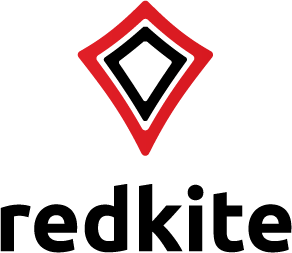When you’re new to a field, it’s common to feel overwhelmed with the myriad of techniques and strategies that exist. This is especially true for Search Engine Optimisation, often referred to as SEO, a multifaceted world where algorithms and details hold the key to internet visibility and traffic. In the age of digitisation, understanding SEO is critical for any business or individual seeking to solidify their presence online.
In this article, we aim to simplify this process. We will guide you through five swift, beginner-friendly SEO tips that encompass the fundamental concepts of SEO, keywords, and on-page optimization.
1. Grasping the SEO Basics
SEO is all about increasing your website’s visibility on organic search engine results. It involves strategies and techniques that make your website more attractive to the algorithms of search engines. Essentially, it’s the game of figuring out what makes a search engine tick and tailoring your website accordingly.
To do this effectively, you need to understand how search engines operate. Their primary function is to provide users with relevant results in the quickest way possible. Search engines scan, or ‘crawl’, through different websites to comprehend the content. This sequence is called ‘indexing’. If a website hasn’t been indexed, it won’t show up on search engine results pages, rendering all your optimisation efforts null.
Moreover, these algorithms evaluate and rank the indexed websites based on over 200 factors such as website quality, relevance, and user engagement. While the intricacies of these algorithms remain proprietary, SEO experts have been able to ascertain some general guidelines through rigorous testing.
2. The Role of Keywords in SEO
Next up in our list of SEO tips for beginners is understanding the pivotal role of keywords. They are the phrases and words that users type into search engines. Mapping your content to these user intents through keywords is a cornerstone of your SEO strategy.
However, choosing the right keywords can be daunting. Many beginners choose high-traffic keywords without considering how competitive they might be. In many cases, opting for ‘long-tail’ keywords, which are keyword phrases that contain three or more words, is a more effective approach. While these keywords have lower search volumes, they can lead to higher conversion rates due to their specificity.
You can identify suitable keywords by thinking about what problems your product or service solves and what search queries users might use to find these solutions. Several free online tools, such as the Google Keyword Planner, can help with keyword research and competitiveness analysis.
Remember to incorporate your keywords organically in your web content. Overstuffing your content with keywords, a practice known as ‘keyword stuffing’, might lead to penalties from search engines and actually hurt your visibility.
3. On-Page Optimization
This refers to the various tactics used to optimize individual web pages, making them attractive to search engines and users. It extends beyond content and includes back-end elements such as the HTML source code.
Key factors in on-page optimization include title tags, meta descriptions, and header tags:
– Title tags are HTML elements that define the title of a web page, presented on search engine results and crucial for SEO and social sharing. They should be descriptive, contain your keyword, and be within the 60 characters limit.
– Meta descriptions are brief summaries of your web page content. While they aren’t a direct ranking factor, they influence click-through rates, which indirectly impacts SEO.
– Header tags help differentiate headings and subheadings in your content, making it easier to read. They start from H1 to H6 tags and contribute significantly to a positive user experience.
Besides these, ensure that your URLs are SEO-friendly, meaning that they are short, descriptive, and include keywords where possible.
4. Enhancing User Engagement
High user engagement positively influences your SEO performance. Key metrics include bounce rate, time spent on site, and click-through rate.
To optimize user engagement:
– Publish high-quality, relevant, and regularly updated content.
– Use multimedia elements to make your content more engaging.
– Ensure your webpages load quickly to prevent users from leaving prematurely.
– Make user-friendly website designs with clear navigations and layouts.
5. Mobile Optimization
With the growing reliance on mobile devices for internet browsing, mobile optimization is mandatory. Google even operates on a mobile-first indexing basis, meaning it predominantly uses a website’s mobile version for indexing and ranking.
SEO might seem complicated for beginners, but understanding and employing these five quick tips can bring discernible improvement in your website’s search engine performance. Remember, the primary aim of SEO is to provide value to your users, as that is what search engines ultimately base their rankings on. With consistency and the application of these fundamental strategies, you can pave the way to successful SEO journeys.

